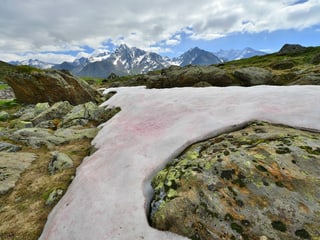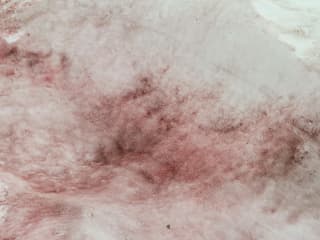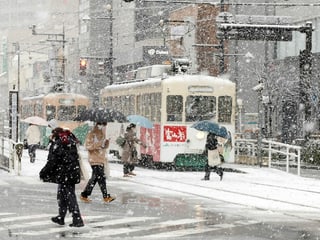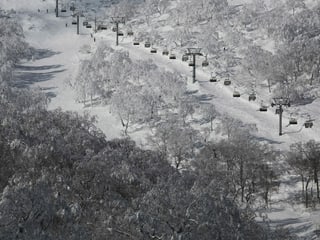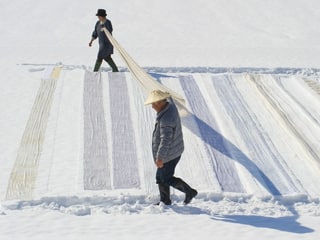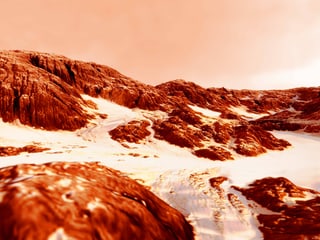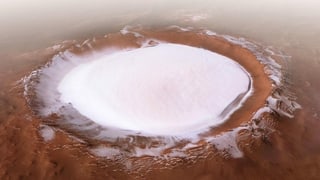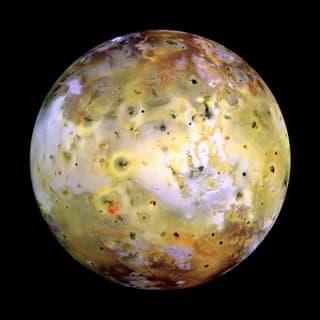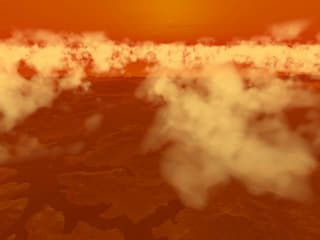Contents
The first snowfall of the winter has turned white, especially in higher altitudes in Switzerland. But snowflakes fall from the sky in far more shapes and areas than we think.
The first snowfall makes children’s eyes shine. Thousands of snow pictures circulate on social media in a short space of time. Snow captivates people all over the world. But most people know less about it than they think. Or did you know that snowflakes are smaller at very low temperatures than at almost zero degrees? We examined four facts with SRF science editor Daniel Theis.
Fact 1: Snowflakes are diverse
When we think of snowflakes, we mostly think of small crystals. But snow can take on a wide variety of shapes and sizes – depending on the temperature. Because cold air can absorb less moisture than warm air. That’s why snowflakes can only condense very slowly at temperatures below -20 degrees and are smaller than at temperatures around zero degrees. “When it’s warmer and wetter, snow crystals can get really big – 10, 20 or 30 centimeters,” says Daniel Theis. But that rarely occurs in nature.
Nevertheless, a snowflake measuring 38 centimeters in diameter is said to have fallen from the sky in Fort Keogh in Montana, USA. If you believe the Guinness Book of Records, the flake was the largest in the world in 1887.
But back to the shape: The crystals with the branched branches known as typical snowflakes only form when it is not too cold. When temperatures drop to around -20 degrees, snow falls from the sky in the form of sheets or columns.
Fact 2: Snow is also available in red
Snow is considered a symbol of purity because of its white color. In spring or summer it can also turn red in the Alps. The reason is algae that lives in the snow.
“Because the sun is so strong at altitude and in the snow, the algae protect themselves from the sun with a red dye,” explains SRF science editor Daniel Theis. This makes the snow sometimes appear blood red and is referred to as “blood snow”.
Fact 3: Japan is a snow stronghold
Japan is considered the snowiest country in the world. In some places on the Honshu Peninsula, around 37 meters of snow falls each year. That has to do with the location, says Alec van Herwijnen from the WSL Institute for Snow and Avalanche Research. “Cold Siberian air flows from the Asian mainland over the Sea of Japan and picks up moisture there.” As soon as the clouds hit the mountains in western Japan, precipitation falls.
In Switzerland, the snowiest village (as of November 2022) is Braunwald in the canton of Glarus. “The village is located relatively high and in the first major mountain range in the Northern Alps,” explains van Herwijnen. Since the winter weather usually comes from the north or northwest, a lot of precipitation falls in Braunwald.
Fact 4: It also snows in space
But there is snow not only on earth, but also in space. There is a 1.8 kilometer thick layer of water ice in the Korolev Crater on Mars. The air above the crater cools and sinks because cold air is heavier than warm air. The layer of cold air prevents the ice from melting.
Researchers have also discovered snow on some moons. For example, on Saturn’s moon Titan it “snows” methane, and on Jupiter’s moon Io it “snows” sulfur. Clouds form from these substances and when it is cold enough, methane or sulfur trickles down to the moons in the form of flakes.

